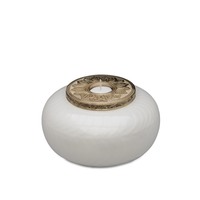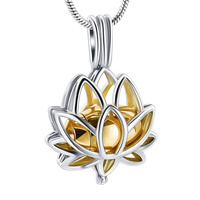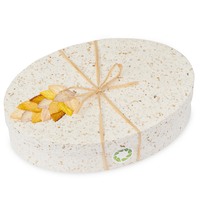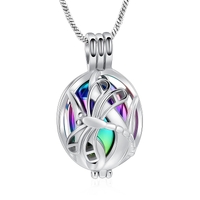THE CREMATION PROCESS
Like many other you may be wondering how does the cremation process work?
It can be difficult to make a big decision about a process you don’t understand. Understanding how it works can help ease the anxiety that many people feel about the cremation process at such a difficult time for the family.
Today’s modern crematories use industrial furnaces designed especially for cremation. The process takes about 2-3 hours to complete and strict proceedures are followed to make sure no mistake happen. This process includes;
- -The deceased is properly identified.
- - The operator is safe and follow OH&S guidlines.
- - Care and respect are used for the deceased.
Most facilities these days allow the family of the deceased to witness the cremation. Be sure to check with your chosen crematorium before the date of cremation if you are able to attend.
The Cremation Process: Step-by-Step
Cremation reduces the body to its basic elements through a process that exposes it to open flames, intense heat and evaporation. This is done in a specially designed furnace called a cremation chamber. Australian crematories require a container for the body such as a casket appropriate for cremation or a rigid cardboard container to allow the body to slide into the cremation unit.
Cremated remains are called “ashes,” however, these are actually just bone fragments, which is all that is left after the cremation process is finished. The type of coffins used or the weight of your loved one does not effect the amount of cremation ash left over at the end. Typically 3 litres of cremation ashes will remain.
The actual process of cremation consists of five basic steps.
- The deceased is identified and proper authorization is obtained.
- The body is prepared and placed into a proper container.
- The container with the body is moved to the “retort” or cremation chamber.
- After cremation, the remaining metal is removed and the remains are ground.
- The “ashes” are transferred to either a temporary container or in an urn and labelled with the details of the deceased.
How the Cremation Process Works: Your questions answered.
1. How is the body identified before cremation and what safeguards are in place to make sure it is your loved one?
To make sure your loved one’s remains are properly handled, reputable crematories have strict procedures. The first step is to make sure that they have permission to take care of the cremation. Identification regulations vary by state. In most cases, you complete paperwork that provides the crematory with your authorization. The form will also ask for information such as who will pick up the remains and what type of container to use.
The facility you use defines the specific identification procedures based on industry recommendations. A typical identification procedure will include having a family member confirm the identity. Next, some sort of metal ID tag is placed on the body. This will remain throughout the process. Following the cremation, the identification tag is put with the remains.
2. How is the body prepared for cremation?
Normally the body is bathed, cleaned, and dressed before identification. Unless you have a public viewing or you request it, the body is not embalmed.
Next, jewelry or other items that you would like to keep are removed. Medical devices and prosthetics that are mechanical or contain batteries are also removed. This is to prevent reaction during the cremation process. Items such as pins, screws, and joints remain in place. Recycling policies for medical devices vary by facility but in no case are the devices reused as is. They are disassembled, melted down, or disposed of in some other responsible method.
3. What kind of container is used for cremation?
There are special caskets made for cremation or you can use a simple cardboard box. The key rule is that the container must be sturdy enough to hold the body and it must be combustible.
4. What is a cremation chamber?
A cremation chamber, referred to as a retort, is an industrial furnace that is large enough to hold one body. Fire resistant bricks line the chamber and can withstand temperatures up to 2000 degrees. Modern cremation furnaces follow according to strict environmental and air quality standards. Natural gas, propane, or diesel fuel the furnaces. They are also automated and computerized.
5. What is done with the metal that remains after cremation?
After incineration, the remains are cooled. The operator inspects the remains for remnants of metal left behind and removes them by hand or with strong magnets. The metal is often sent to a recycler.
6. What is done with the remains that are left directly after cremation?
We refer to cremated remains as ashes but what is left behind is actually bits of bone. After cremation, a special processor grinds the fragments into what we call “cremains.” This is what we mean when we refer to ashes.
7. What kind of container is used for the cremated remains?
After grinding, the ashes are placed in a plastic bag. The bag is placed in the urn that the family provides or in a temporary container. The urn or container with the ashes is returned to the family.
Both cremation and in-ground burial involve processes that work on the body. In cremation, heat is the process. In burial, the process is decomposition. Deciding which is right for you or your loved one depends on many factors. Cost, your religious beliefs, and your family traditions should all be considered. In the end, only you and your family can make the right decision in the funeral planning process.















